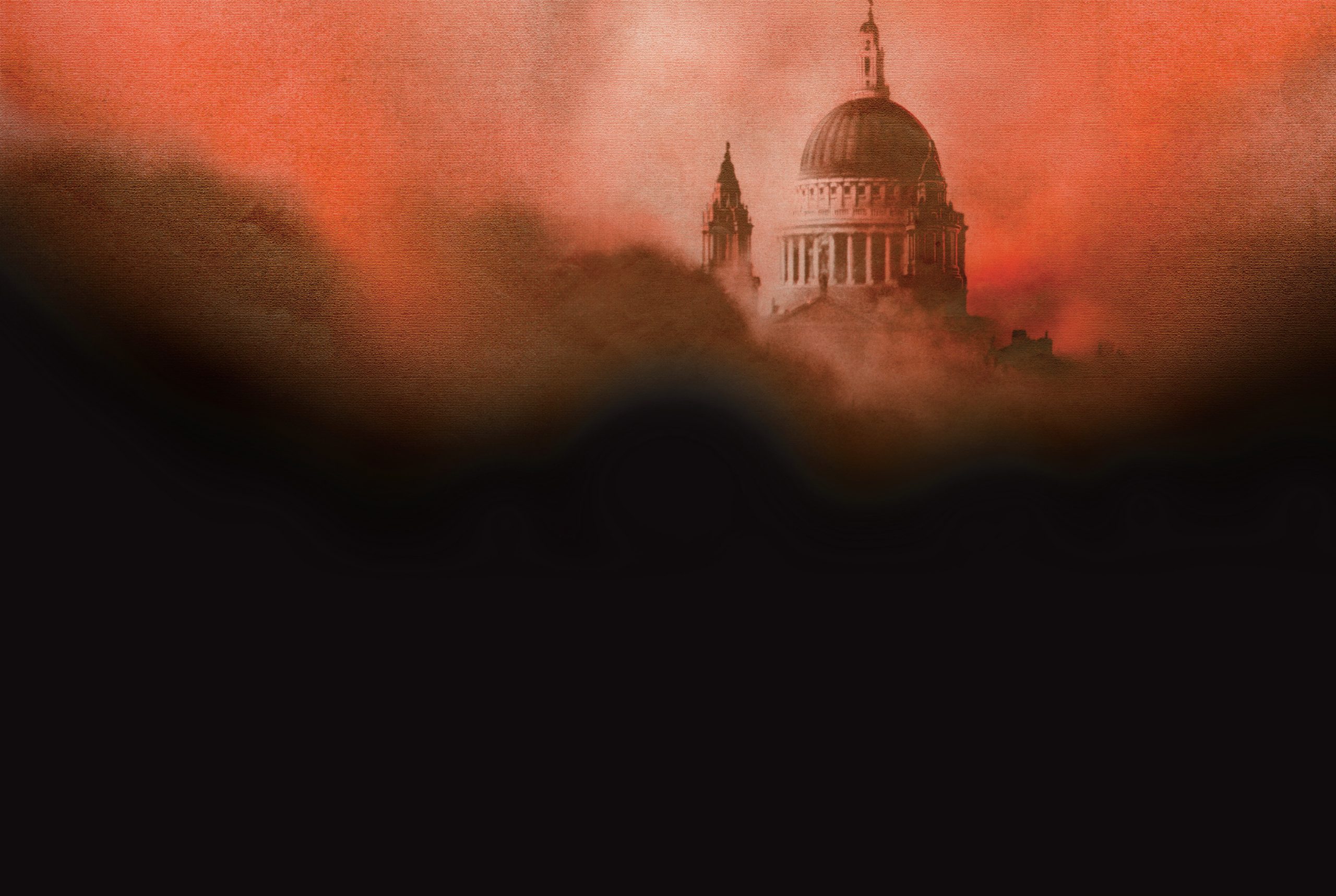
Understanding genre and how to read different kinds of texts is crucial to all literary study
Short stories, like novels, come in all kinds of shapes and sizes. They also appear in all kinds of places — and, unlike novels, not always between the covers of a book. We might come across short stories in magazines, on the radio, on websites, or simply hear them being told by one person to another. The roots of the short story as a literary form lie deep in oral culture, and most of us will have heard short stories in the shape of legends, folk tales, anecdotes and jokes. But our focus here is on reading rather than listening, so a good starting-point is the comparison between novels and short stories, since novels provide probably the most familiar kind of reading experience when we think of our encounters with prose fiction.
Your organisation does not have access to this article.
Sign up today to give your students the edge they need to achieve their best grades with subject expertise
Subscribe




